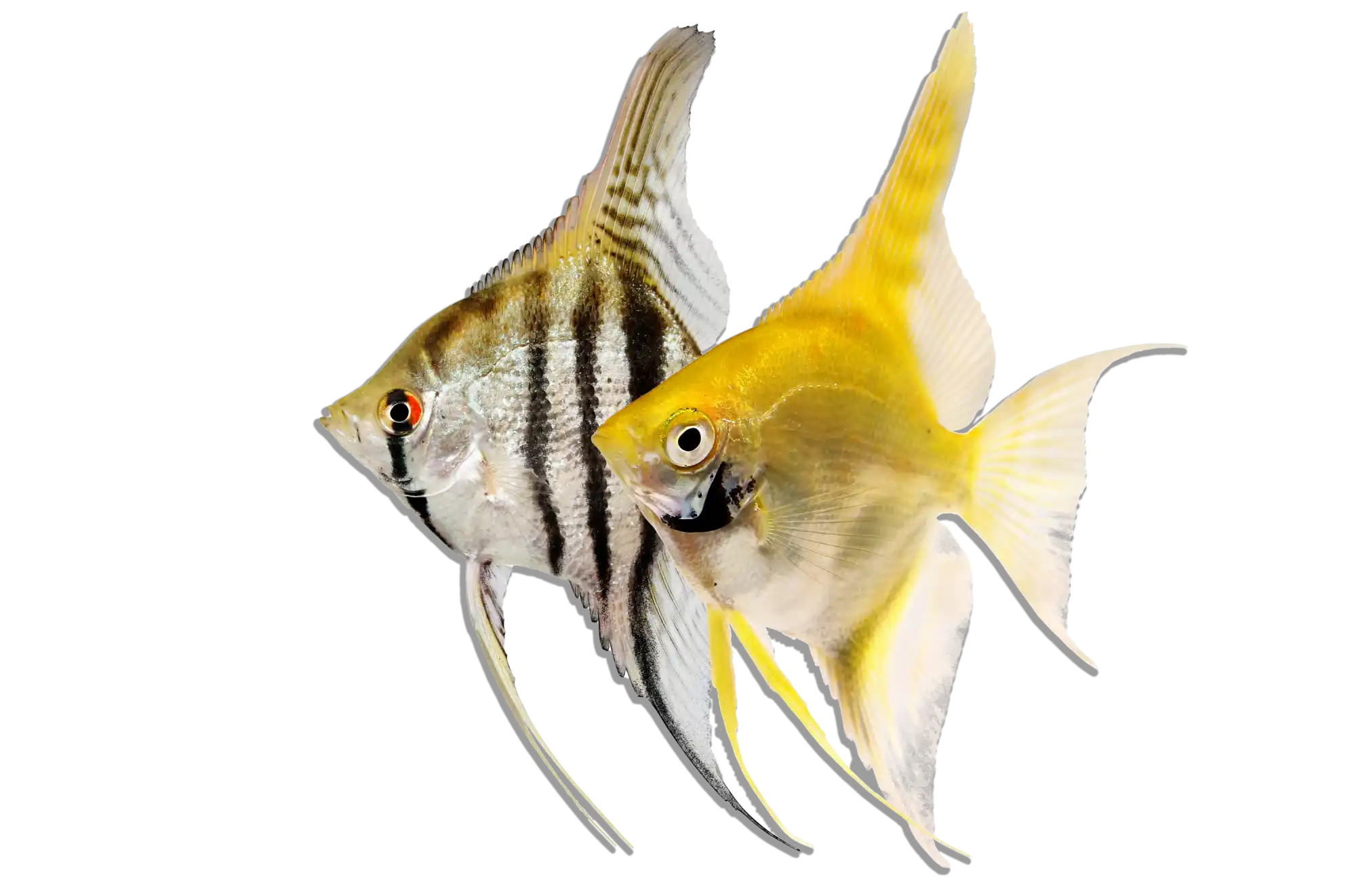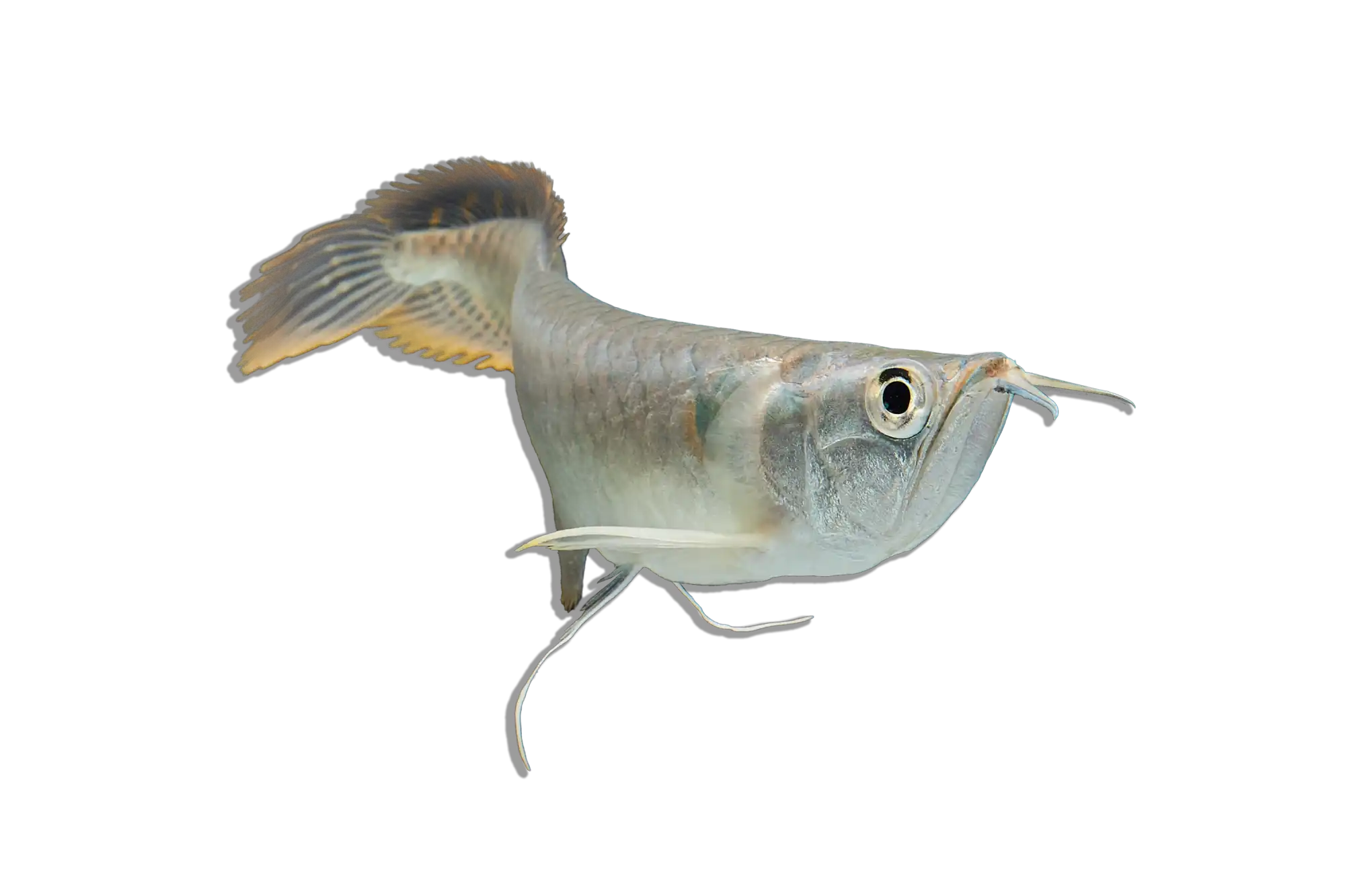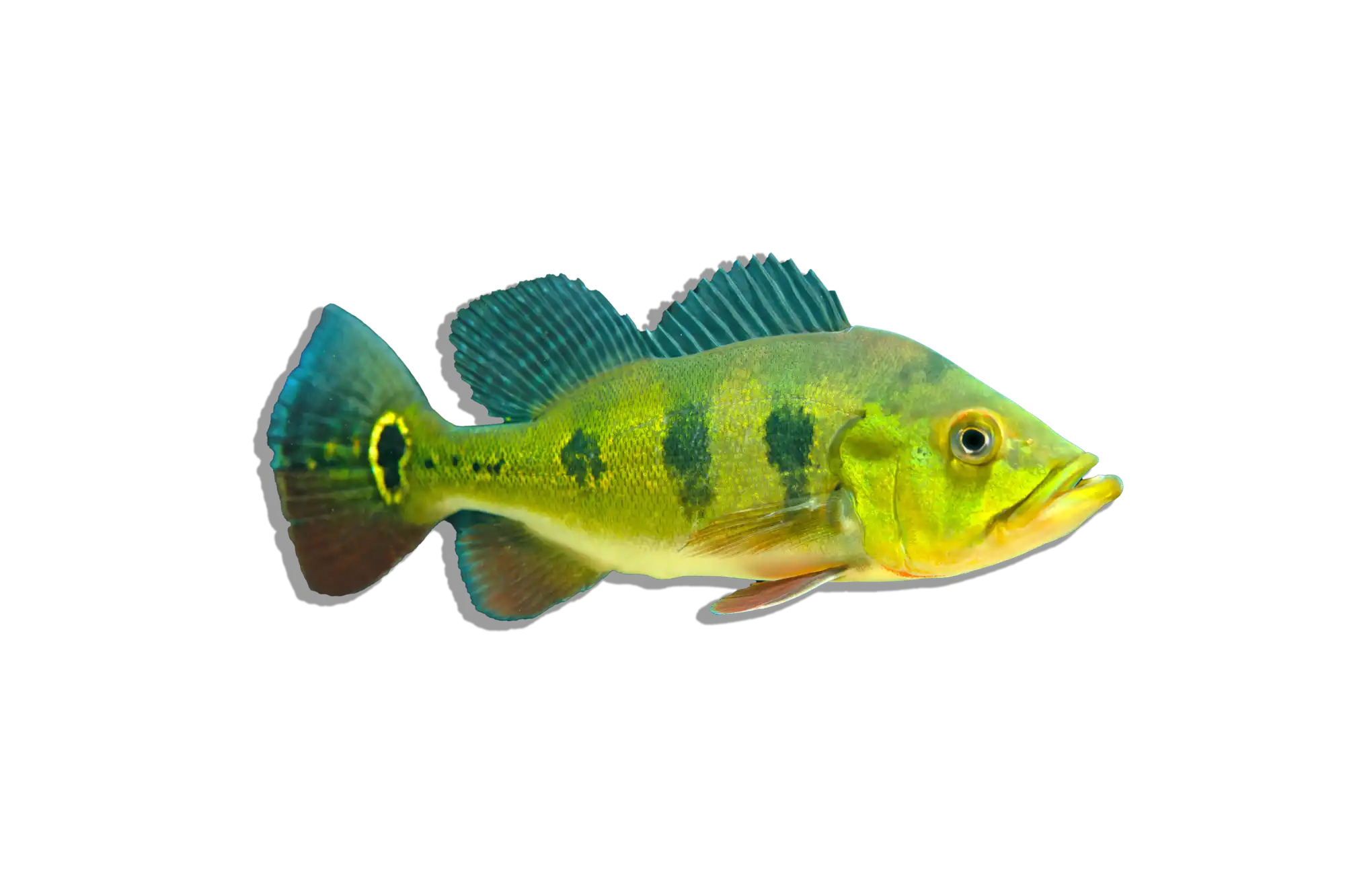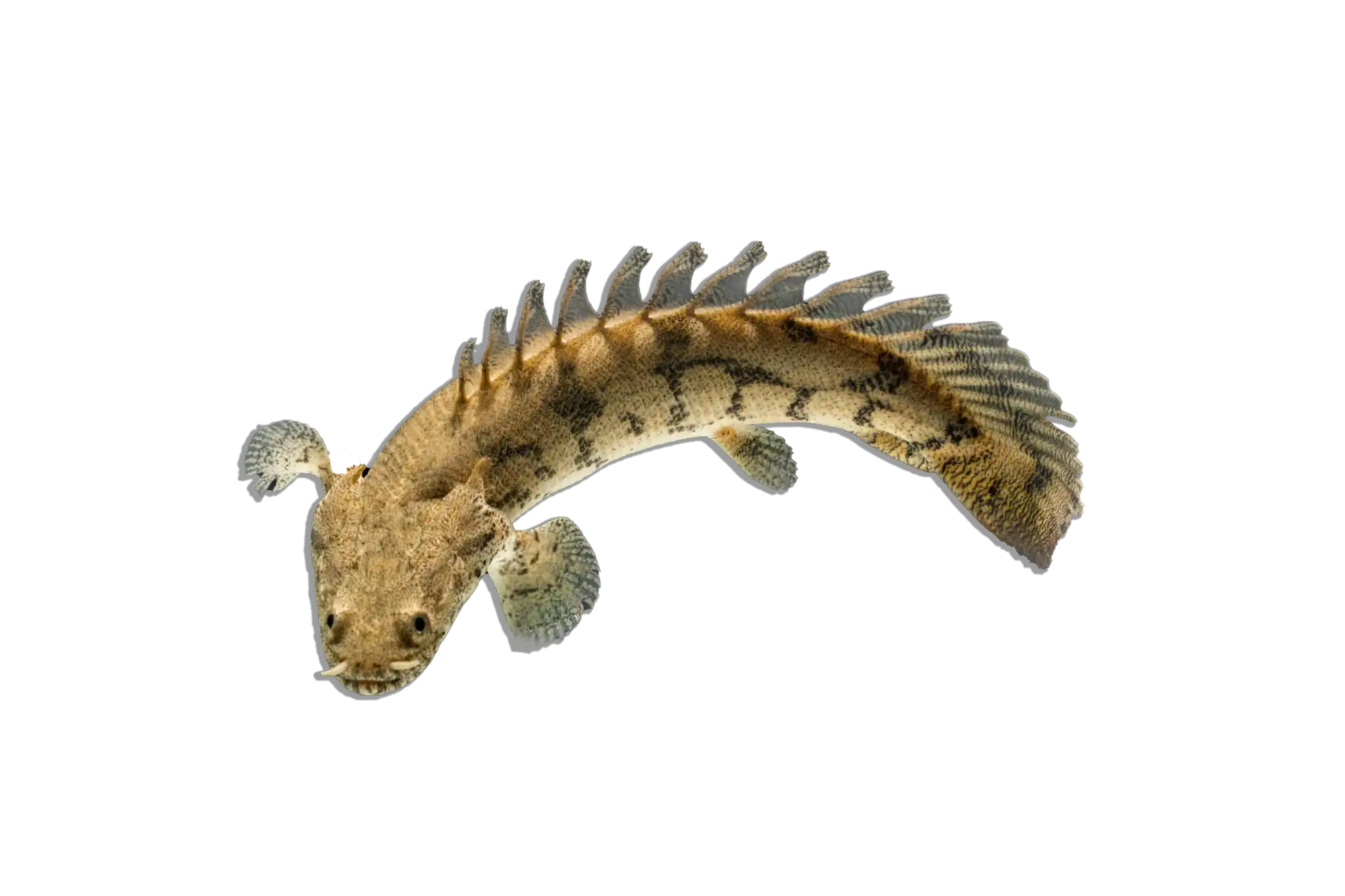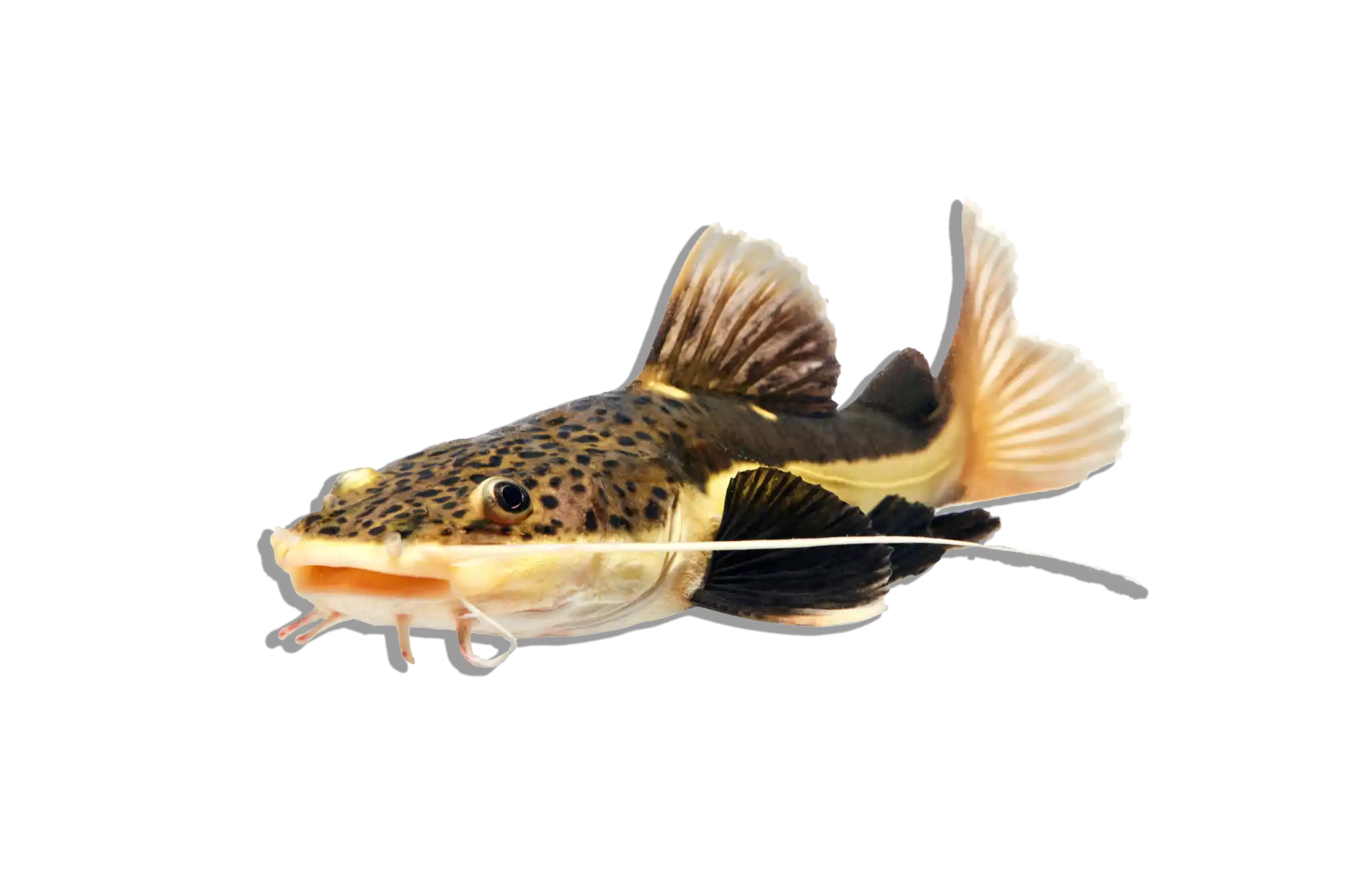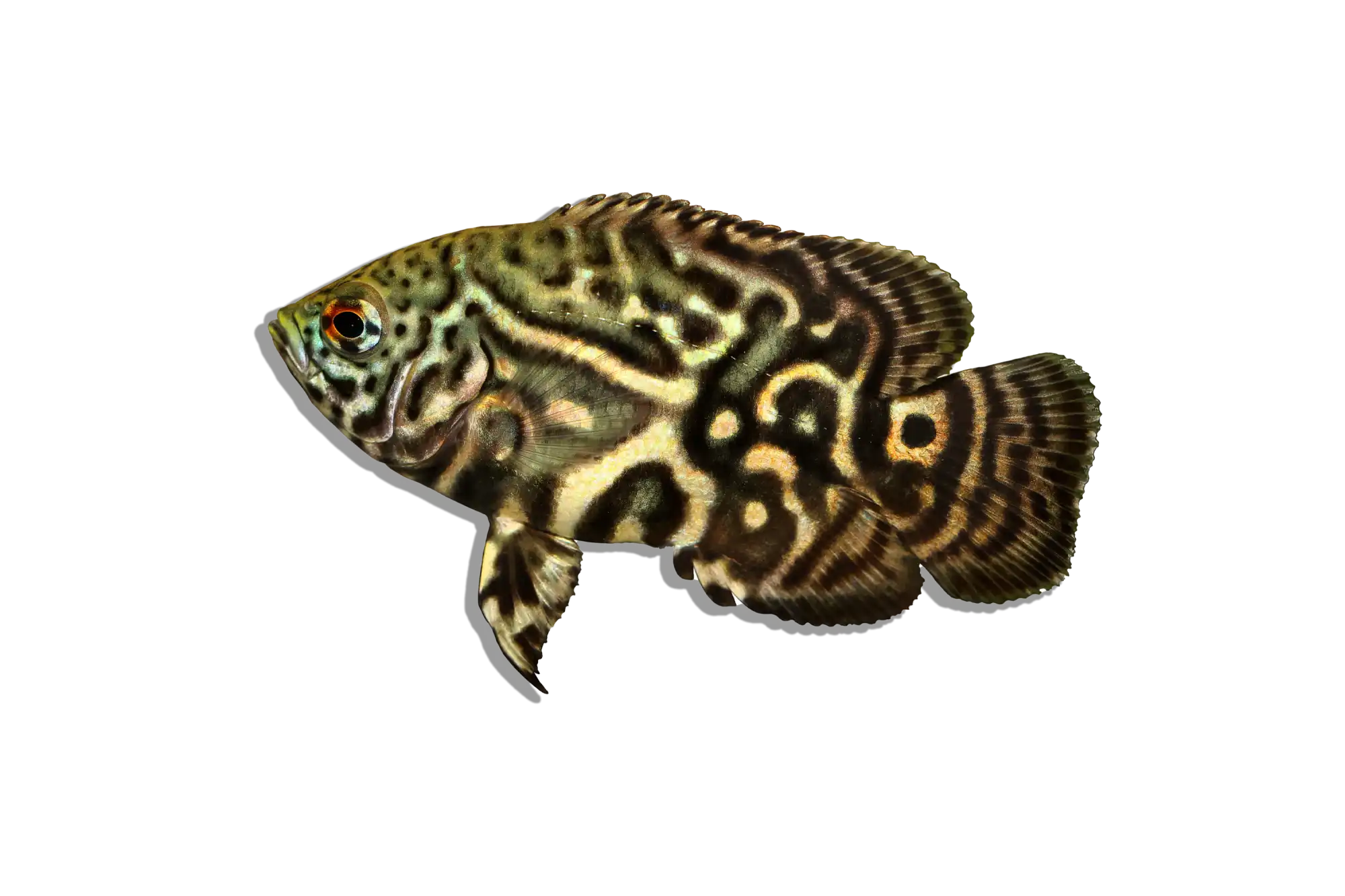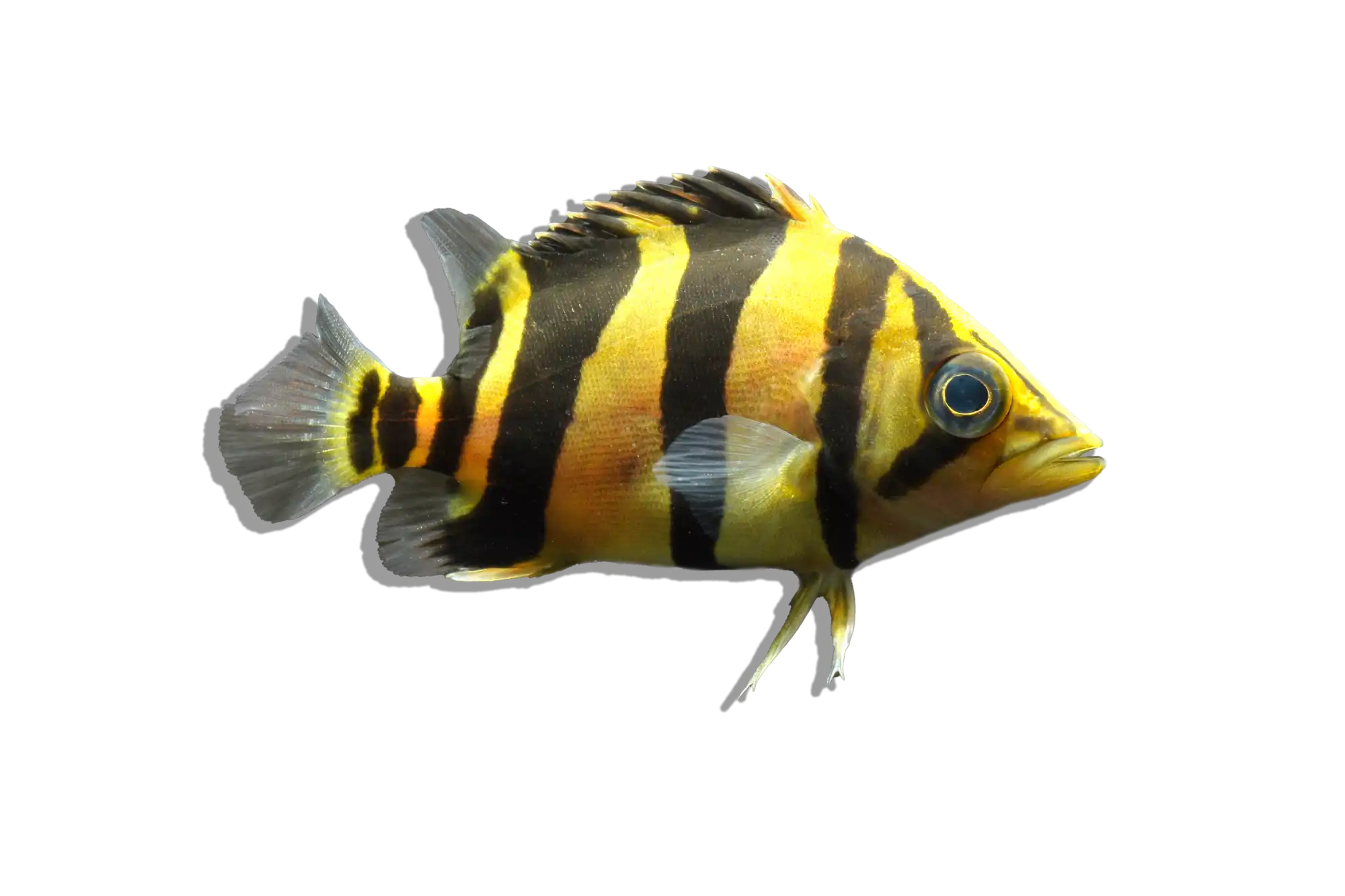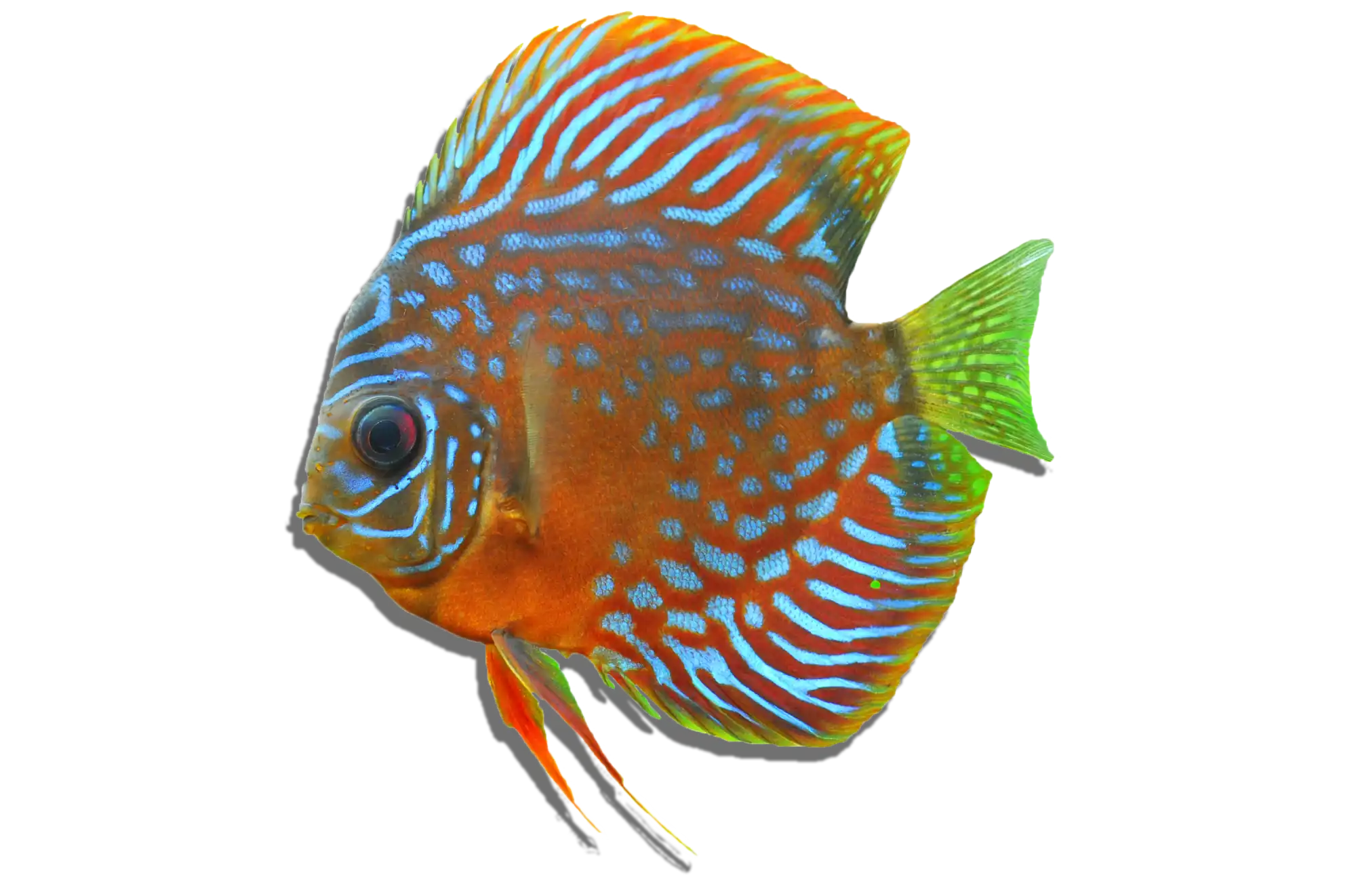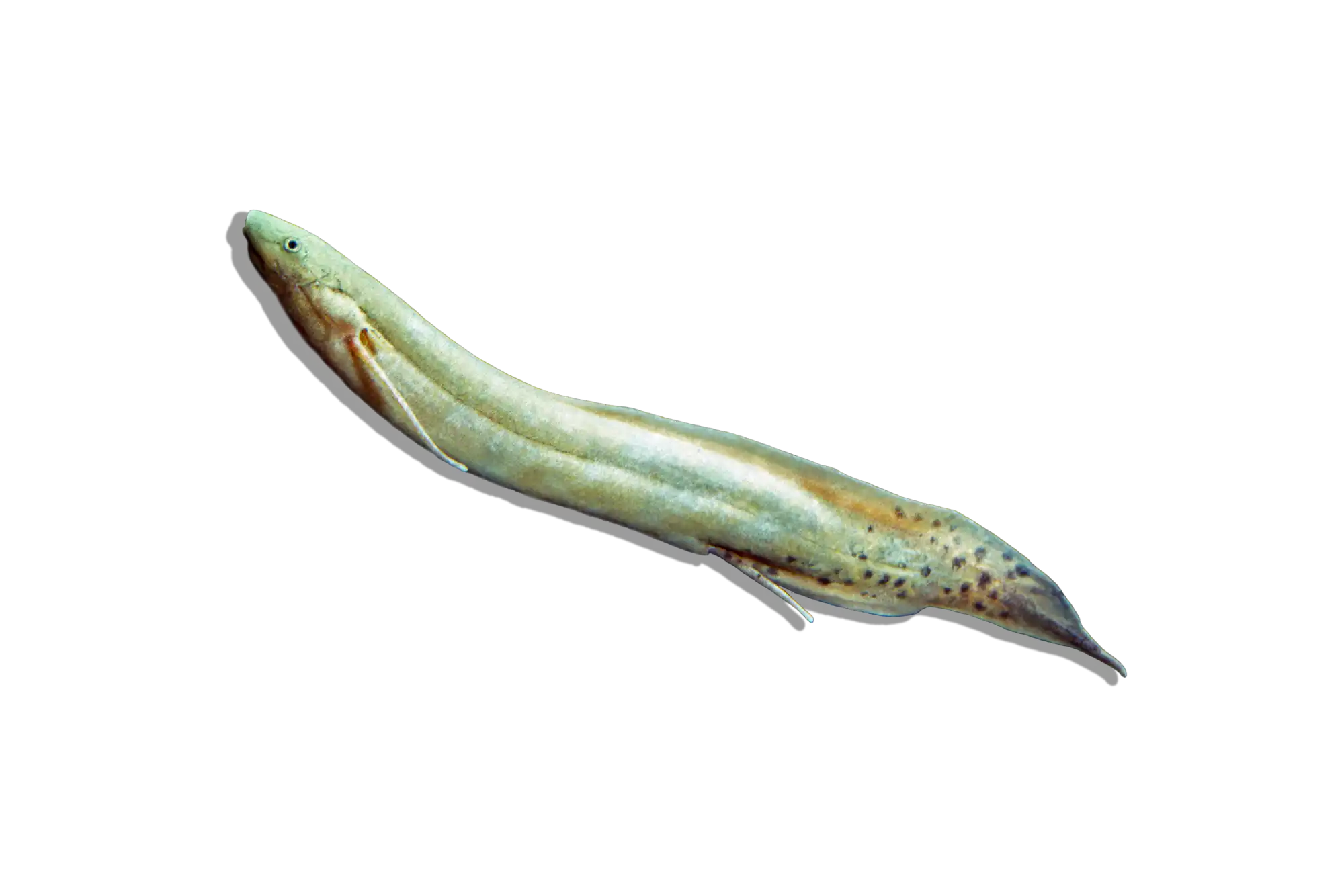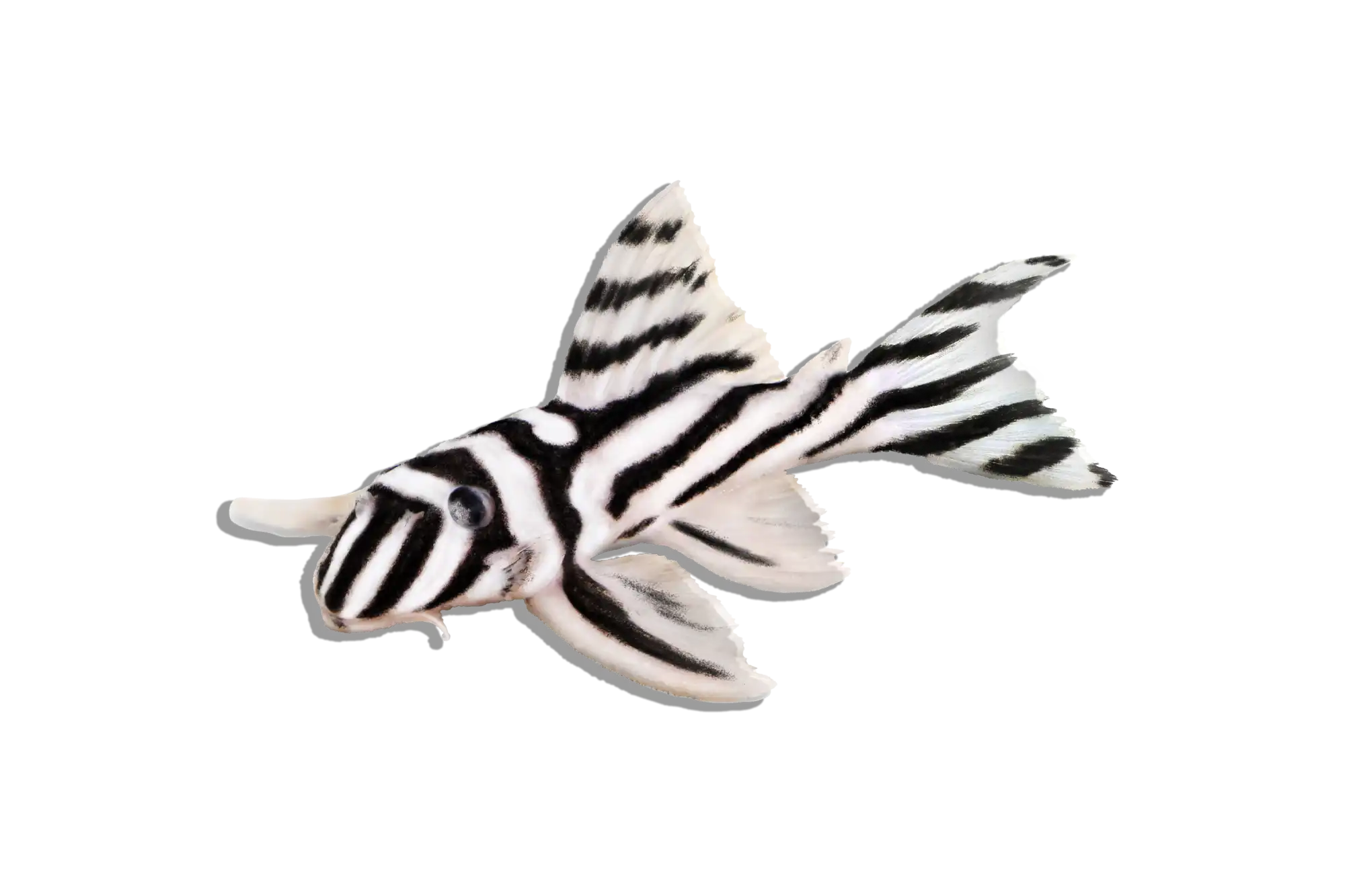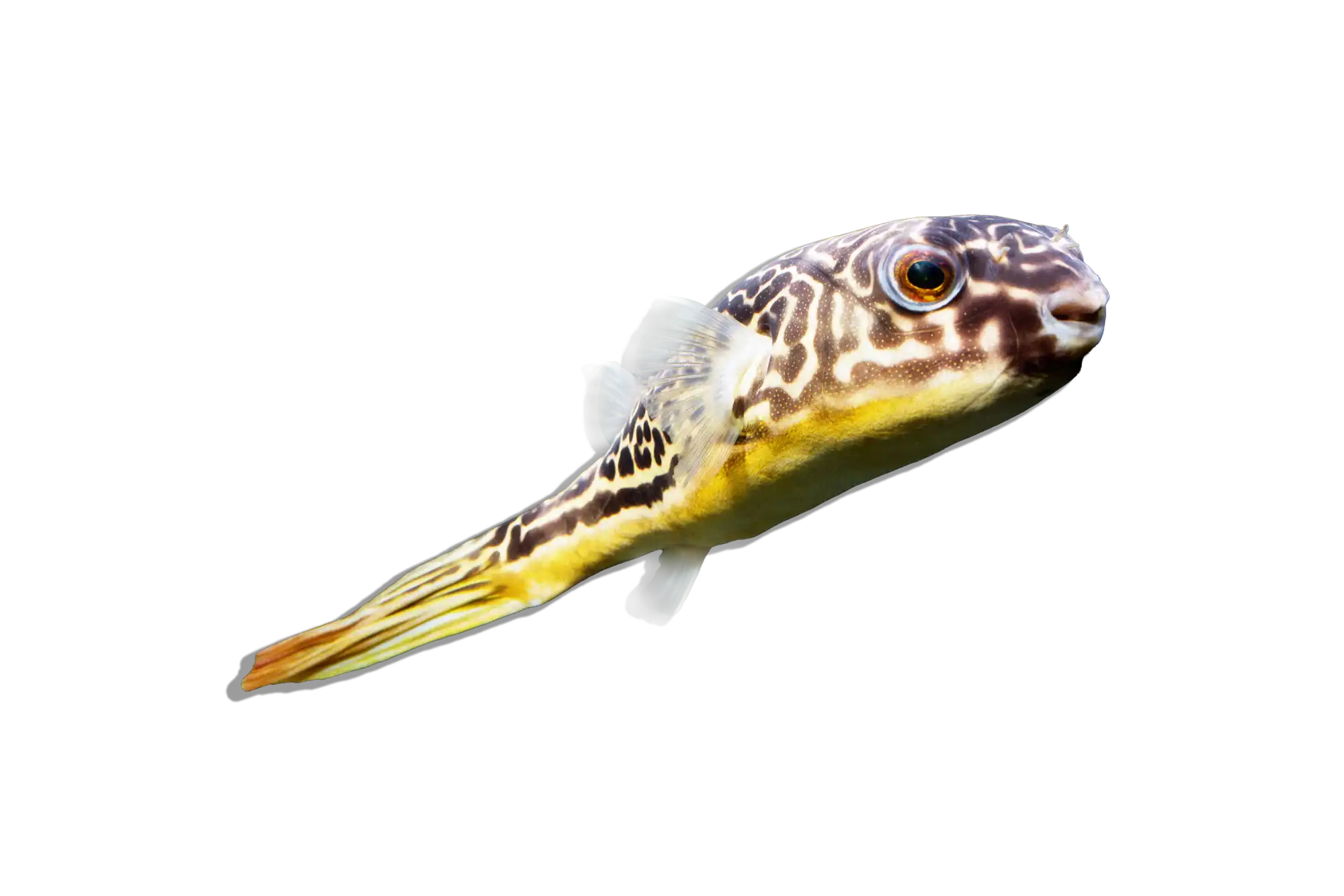Description
Common Name: Indonesian Datnoid
Scientific Name: Datnioides microlepis
Other Names: Indonesian Tiger Fish, Silver Tiger Fish, Fine-Scaled Tiger Fish
The Indonesian Tiger Fish is a striking and robust freshwater fish known for its bold, vertical black and gold stripes. Its distinctive pattern and commanding presence make it a favorite among aquarists, especially those looking to add a touch of the exotic to their aquariums.
Habitat and Distribution: The Indonesian Tiger Fish is native to the slow-moving rivers, estuaries, and floodplains of Southeast Asia, particularly in Indonesia and Thailand. These fish inhabit areas with dense vegetation and submerged structures, which provide ample cover and foraging opportunities. The water in their natural habitat is typically warm, slightly brackish to fresh water, with soft to moderately hard water conditions.
Size and Lifespan: In the wild, Indonesian Tiger Fish can grow up to 16 inches (40 cm) in length. In captivity, they typically reach around 12-14 inches (30-35 cm). Their lifespan can range from 10 to 15 years, depending on the care and conditions provided in the aquarium. Proper diet, water quality, and a spacious environment are crucial for their longevity.
Diet and Behavior: Indonesian Tiger Fish are carnivorous and have a varied diet that includes small fish, crustaceans, and insects in the wild. In an aquarium, they should be fed a diet of high-quality carnivorous pellets, live or frozen foods such as shrimp, fish, and insects. These fish are active predators and can display aggressive behavior, especially during feeding times. They are known for their intelligence and can recognize their owners, often becoming more interactive over time.
Breeding and Reproduction: Breeding Indonesian Tiger Fish in captivity is rare and challenging due to their specific environmental needs and behaviors. They are egg scatterers, and successful breeding typically requires a large, well-maintained tank with optimal water conditions, including slight increases in temperature and water changes to simulate seasonal variations. Detailed documentation of their breeding behavior in captivity is limited, making it a rare occurrence outside of their natural habitat.
Aquarium Care and Tank Requirements: To keep Indonesian Tiger Fish, a large aquarium of at least 150 gallons is recommended to provide ample swimming space and accommodate their size. The tank should include plenty of hiding spots created with rocks, driftwood, and robust plants to mimic their natural habitat and reduce stress. A sandy or fine gravel substrate is ideal, along with moderate water flow to simulate river conditions. Efficient filtration and regular water changes are essential to maintain water quality. Given their predatory nature, it is important to ensure a secure lid to prevent escapes.
Ideal Tank Mates: Indonesian Tiger Fish can be kept with other large, robust fish that share similar water parameter requirements. Suitable tank mates include larger cichlids, large catfish, and other similarly sized predatory fish. It is important to avoid housing them with small fish, as they may be seen as prey.
Difficulty Level: Intermediate to Advanced. While they are hardy and adaptable, their specific dietary needs, predatory behavior, and large size require attentive care and a well-maintained aquarium.
Water Parameters:
- Temperature: 75-82°F (24-28°C)
- pH: 6.5-7.5
- General Hardness (GH): 8-20 dGH
- Carbonate Hardness (KH): 4-12 dKH
- Ammonia: 0 ppm (ideal), up to 0.25 ppm (max)
- Nitrite: 0 ppm (ideal), up to 0.25 ppm (max)
- Nitrate: <20 ppm (ideal), up to 40 ppm (max)
Additional Information:
- The Indonesian Tiger Fish's bold markings and active behavior make it a visually appealing and active addition to any aquarium.
- These fish are known for their intelligence and can exhibit interactive behaviors, recognizing and responding to their owners.
- In their natural habitats, Indonesian Tiger Fish play a role in controlling populations of smaller fish and invertebrates, maintaining the ecological balance.
- Fun fact: The name "Tiger Fish" comes from their bold, tiger-like stripes, which provide effective camouflage among vegetation and submerged structures, aiding in their ambush predation strategy.

